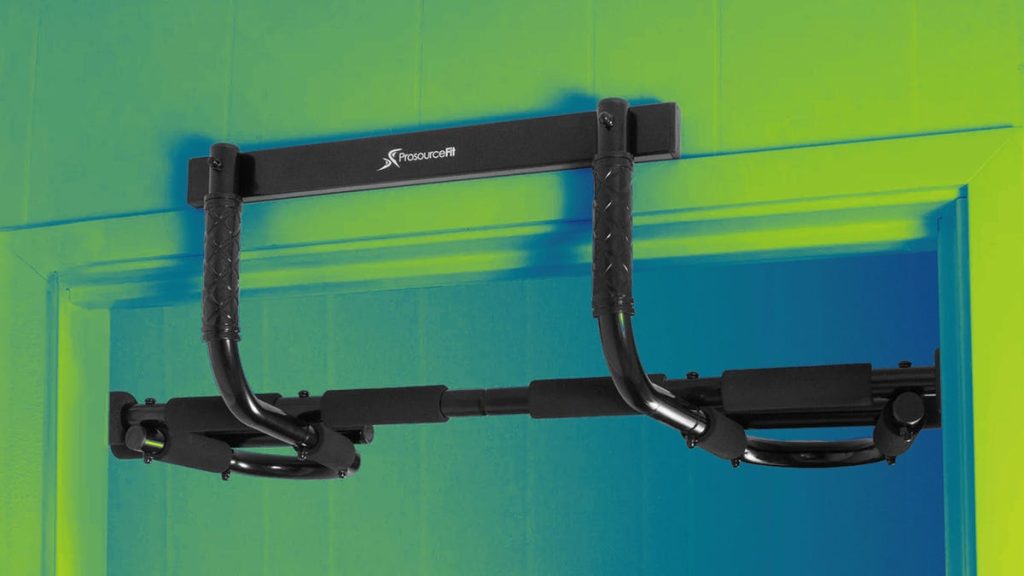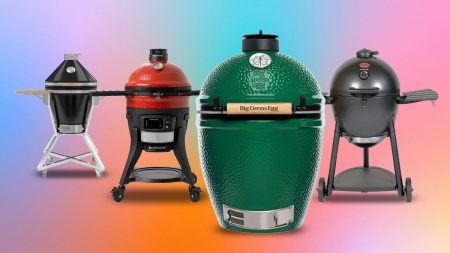Pull-Up Bars: A Comprehensive Guide to Choosing the Right One for Your Home Gym
A pull-up bar is a quintessential piece of home gym equipment, offering a highly effective and versatile strength-training solution without consuming excessive space. This simple yet powerful tool targets multiple muscle groups, including the back, shoulders, arms, and core, while simultaneously improving grip strength and overall functional fitness. Pull-up bars enable users to challenge themselves progressively and track their fitness journey conveniently from home. With various styles available, ranging from doorway bars to wall-mounted, ceiling-mounted, and freestanding options, individuals can select the perfect pull-up bar to suit their specific needs and spatial constraints.
Different Types of Pull-Up Bars and Their Advantages
Doorway pull-up bars are a popular choice due to their affordability and ease of installation, making them ideal for smaller living spaces. Their mounting hardware is typically simple, allowing for quick setup and removal. Wall-mounted and ceiling-mounted pull-up bars offer enhanced stability and security, making them suitable for more advanced exercises like kipping pull-ups or using additional equipment such as gymnastics rings or resistance bands. These options require drilling into the wall or ceiling, thus offering a more permanent fixture. Freestanding pull-up bars, also known as power towers, provide the most versatility, accommodating exercises like knee or leg raises, push-ups, and tricep dips, in addition to pull-ups. Power towers are a good option for those with ample space and a desire for a multi-functional workout station.
Factors to Consider When Choosing a Pull-Up Bar
When selecting a pull-up bar, several key factors should be considered. First, assess your available space and determine the most appropriate type of pull-up bar. Doorway bars are ideal for limited spaces, while wall-mounted, ceiling-mounted, or freestanding options suit larger areas. Next, consider your fitness goals and the types of exercises you intend to perform. Some pull-up bars offer multiple grip options and varying widths to target different muscle groups. Weight capacity is crucial, ensuring the bar can safely support your body weight, especially during dynamic movements. Finally, examine the bar’s construction and materials, opting for sturdy and durable options that can withstand regular use.
Review of Top-Rated Pull-Up Bars for Home Use
Several highly-rated pull-up bars stand out for their quality, functionality, and customer satisfaction. The Iron Age pull-up bar is a popular doorway option, offering easy installation, two different bar heights to accommodate taller individuals, and protective pads to prevent damage to door frames. The Pro-SourceFit bar features multiple grip options for targeting various muscles, along with optional wall mount brackets for added security. For enhanced stability, the Titan wall-mounted pull-up bar supports a higher weight capacity, making it suitable for kipping pull-ups and accommodating additional equipment. The Gronk Fitness ceiling-mounted bar provides a sleek and robust option for those with high ceilings, capable of supporting substantial weight and accommodating accessories. The Sportsroyals adjustable power tower offers the most versatility, allowing for a wide range of exercises beyond pull-ups, while the Feierdun doorway workout bar extends to fit wider door frames.
Installation, Design, and Weight Considerations
Installation requirements vary depending on the type of pull-up bar. Some are integrated into larger equipment like squat racks or power racks, while others are designed for over-the-door or wall-mounted installations. Design variations include straight bars and those with multiple grip positions to target different muscle groups. Weight capacity is paramount, as the bar must safely support the user’s body weight. It’s crucial to choose a bar with a weight limit exceeding your own body weight to ensure safety and prevent equipment failure.
Further Considerations and Frequently Asked Questions
Choosing the best pull-up bar depends on individual needs, space constraints, and fitness goals. Wall-mounted bars offer greater stability compared to doorway bars. Different grip options and spacing variations can target specific back muscles. Hanging from a pull-up bar, also known as a dead hang, is a beneficial exercise for spinal decompression, grip strength improvement, shoulder mobility, and core engagement. Always choose a pull-up bar from a reputable brand and ensure it meets safety standards. Read customer reviews and compare different models before making a purchase. Measure your door frame or ceiling height accurately to ensure proper fit. Consider seeking professional assistance for installation if needed, particularly for wall-mounted or ceiling-mounted options. With careful consideration of these factors, you can choose the perfect pull-up bar to elevate your home workouts and achieve your fitness aspirations.










